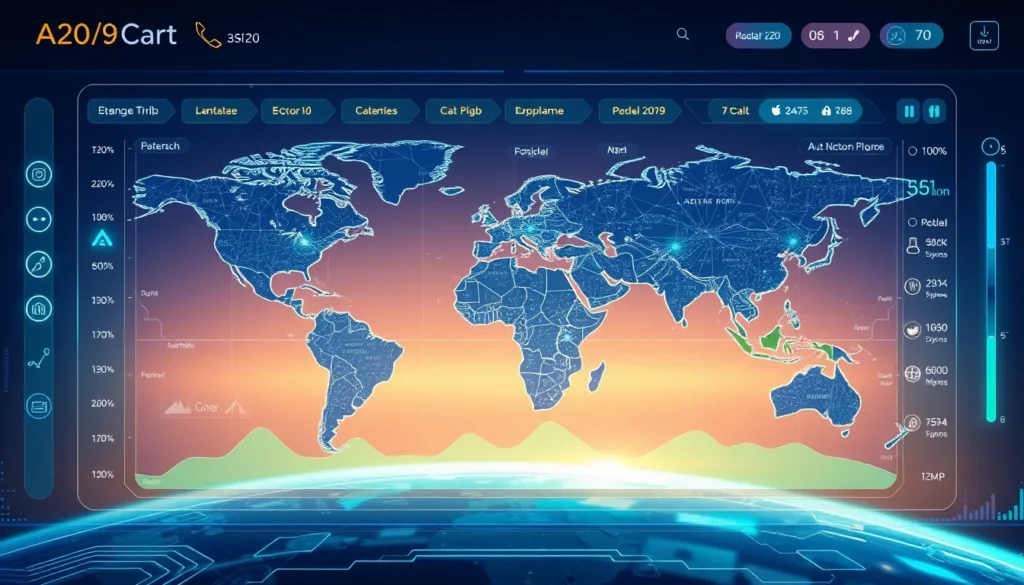Now Reading: Anthropic Fair Use Case: Legal Win & AI Data Ethics
-
01
Anthropic Fair Use Case: Legal Win & AI Data Ethics
Anthropic Fair Use Case: Legal Win & AI Data Ethics

Anthropic Fair Use Case: Legal Win & AI Data Ethics
The recent legal victory in the Anthropic fair use case has sent ripples throughout the tech industry, particularly affecting how companies approach AI training data. This breakthrough decision underscores the transformative nature of AI and its reliance on copyrighted materials, sparking debates over copyright law in AI and intellectual property in AI. With this analysis, we explore the multifaceted implications of the case, including legal outcomes, ethical controversies, and future directions for AI companies.
Understanding the Anthropic Fair Use Case
Anthropic, a prominent player in the AI industry, recently secured a landmark decision that offers important insights for other tech companies. The court ruled that the use of copyrighted materials to train AI models could be considered fair use. This ruling is pivotal, as it acknowledges that transforming original content into new, innovative formats may warrant protection under copyright law. The case has significantly impacted perceptions of AI training data and marked a turning point in debates around transformative use in AI.
Key aspects of the decision include:
- Recognition that transformative use can justify the incorporation of copyrighted content
- Legal support for AI companies in utilizing extensive training data
- A foundation for future cases addressing copyright law in AI
The Legal and Ethical Dimensions
While the Anthropic fair use case represents a legal win, it does not fully resolve ethical issues concerning AI data collection. Critics argue that the methods used by Anthropic to access and compile vast volumes of text may still raise questions. These ethical concerns highlight the need to balance innovation with respect for original creators and publishers. Incorporating insights from copyright law in AI, industry stakeholders are now re-examining the boundaries of transformative use in AI.
Copyright Law in AI and Intellectual Property Challenges
The decision has set a precedent that could influence the direction of copyright law in AI. On the one hand, the ruling offers a protective measure for AI companies, allowing them to rely on legal frameworks that endorse transformative uses of copyrighted material. On the other hand, this legal interpretation raises concerns about the potential for misuse, where too broad an application could inadvertently undermine the rights of authors and publishers. This dichotomy forces a closer look at intellectual property in AI, as stakeholders push for reforms that protect both innovation and creativity.
Legal Implications of Fair Use for AI Companies
One of the salient long-tail queries is the legal implications of fair use for AI companies. The Anthropic fair use case not only validates a company’s efforts to work with vast datasets but also invites regulatory scrutiny. AI companies are now encouraged to review their data sourcing practices and implement rigorous policies to ensure compliance with evolving legal standards. Some key considerations include:
- Ensuring transparency in data collection methods
- Maintaining rigorous documentation of the transformative nature of training data
- Seeking legal counsel to align data practices with current copyright laws
This proactive approach will help mitigate risks associated with future litigations or regulatory actions. For additional insights, companies are advised to consult legal frameworks provided by recognized institutions such as the United States Copyright Office (https://www.copyright.gov) and similar regulatory bodies worldwide.
Ethical Concerns Over AI Data Collection
Beyond legal implications, the Anthropic fair use case has ignited debates on the ethical concerns over AI data collection. Critics express that while leveraging large volumes of copyrighted material may drive innovation, it also risks diminishing the economic and creative rights of content creators. The following points summarize some ethical considerations:
- The necessity for consent when using large datasets
- The risk of diminishing incentives for original content production
- An emerging dialogue between tech companies and literary communities to establish fair compensation models
Regulatory bodies and industry groups are increasingly emphasizing the importance of ethical data practices. By engaging in open dialogues and establishing clear guidelines, AI companies can address concerns from both legal and moral perspectives. This balanced approach ensures that innovation does not come at the expense of ethical responsibility.
The Future of Transformative Use in AI
As we look to the future, the Anthropic fair use case is poised to influence how AI and innovation coexist with traditional intellectual property rights. Moving forward, it is crucial for tech companies, regulators, and content creators to collaborate in redefining fair use in the age of digital transformation. Key strategies to consider are:
- Developing industry standards for ethical data collection
- Investing in advanced data auditing technologies
- Building partnerships between tech firms and creative industries for mutual growth
The ongoing dialogue surrounding the Anthropic fair use case illustrates the complexity of balancing rapid technological innovation with respect for established legal principles. It underscores the necessity for clear, transparent policies that address both the benefits and challenges of AI training data practices.
Conclusion
The Anthropic fair use case serves as a landmark moment in the digital age, highlighting the challenges and opportunities that lie at the intersection of technology, law, and ethics. Although the legal victory provides significant support for transformative use in AI, it simultaneously raises important questions regarding ethical data collection and intellectual property in AI. As the debate evolves, tech companies must remain vigilant, implementing robust compliance measures and transparent practices to safeguard against future controversies.
By striking a careful balance between innovation and respect for creative rights, the industry can pave the way for sustainable growth that benefits all stakeholders. The Anthropic fair use case is not just a legal decision—it is a call to action for a more thoughtful, ethical approach to the integration of AI in our everyday lives.

























